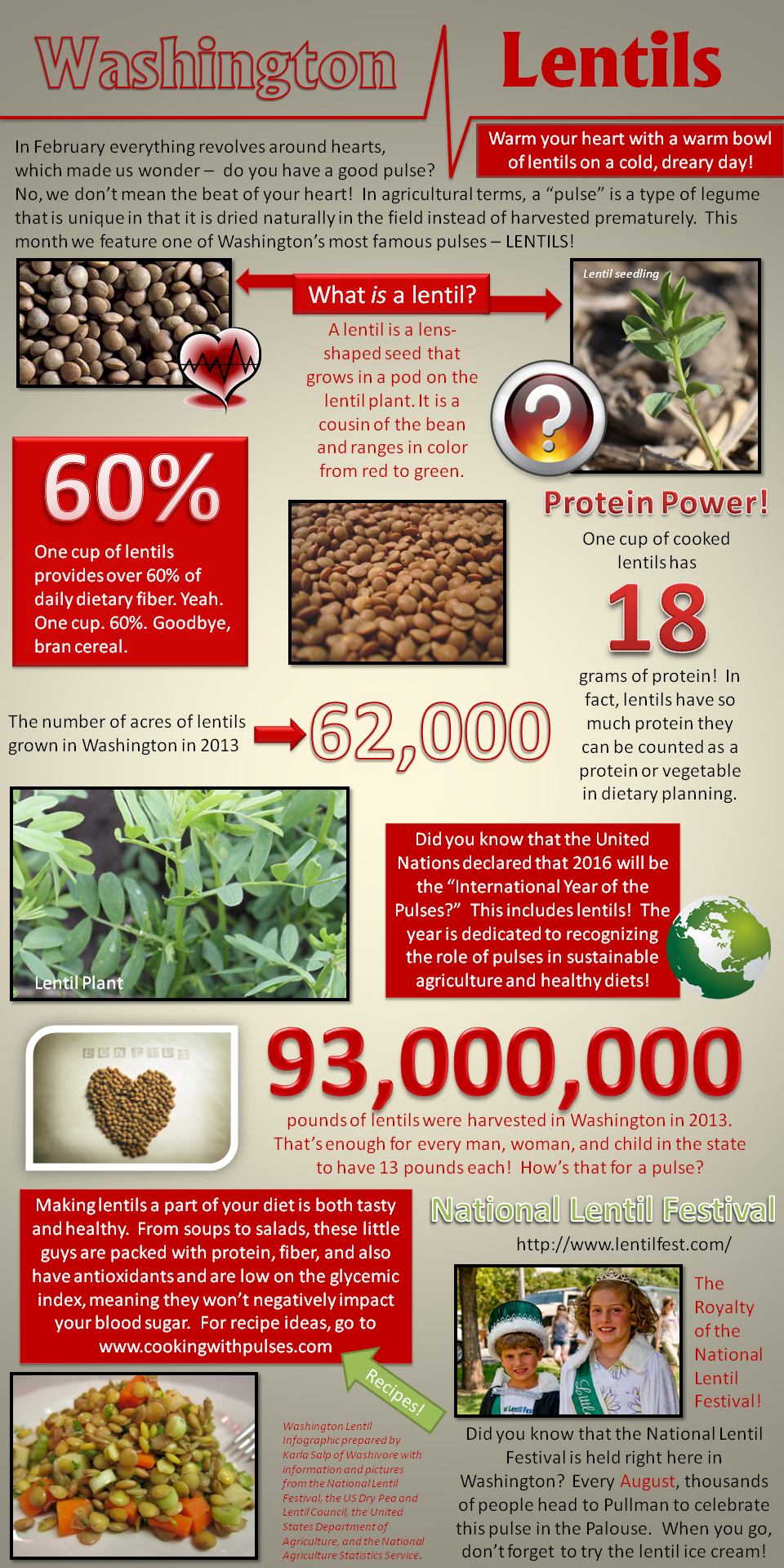I remember buying a pizza and flatbread cookbook, sometime pre-kids (which would put it at least 15 years ago), from which I tried at least 15% of the recipes. A very high percentage, if you go by cookbook reviews on Goodreads, where the readers dwell on how good the recipes look and how charming the anecdotes are and how tempting they find the pictures. Little did I know it at the time, but I was buying into a major food trend.
 |
| I found the book! |
Why, you ask? Are not pizza, focaccia, flat and filled breads timeless? Yes, and no. The book was a perfect example of a food trend for two main reasons: (1) the use of a bread machine, which everyone thought at the time would turn the world into homemade-bread eaters; and, (2) the fact that it seemed every third recipe incorporated sun-dried tomatoes and roasted garlic.
OMG--remember those food trends? Remember when everything was sun-dried tomato this and roasted garlic that, when it wasn't slathered in the alternate trend, Thai peanut sauce? Remember when you bought a bread machine and used it maybe twice? I think I can safely say I'm in the minority now because I still have a bread machine out on my counter, and it still gets used about once a month. I hang on to my trends. I even roasted some garlic (along with other vegetables) a couple weeks ago.
But the food trend world has moved on. Now we have chia and Greek yogurt and sea-salt sprinkled sweets. (One point for each of those items you have in your fridge or pantry.) Have you ever wondered how one food gets hot and takes over the foodie world? How it goes mainstream? Or how a trend dies?
Wonder no more. Author David Sax has explored exactly this topic in his upcoming The Tastemakers (May 27, 2014).
This was a fun read, covering everything from cupcakes to the media to food truck politics to fondue. It also made me very hungry and, lemming-like, eager to run out and try various new foods and restaurants. His talk of Charleston restaurants alone had me texting friends in Alabama and planning a meet-up.
Who knew that "cupcake sales grew 56% from 2008 to 2012," and have gone worldwide, even to the most unlikely places? Buenos Aires. Dubai. Kenya, for crying out loud. What began with a bakery in New York and a flicker of a moment on Sex and the City set the juggernaut in motion. Amazing. And for all the eulogies delivered about how this trend is over, it continues to chug on.
I'm loving the food trend toward local and diverse. Before the Civil War, over a hundred varieties of rice were grown in the Charleston region, but historical events (one named Sherman) put an end to that, and monoculture reigned until recently. But yay for trends! Sax discusses the emergence of Anson Mills as a cultivator and supplier of the lost rices and other grains. Can't wait to try their "China Black" rice, if it ever goes mainstream enough to hit our side of the country.
Meanwhile we're stuck in "Superfood" territory, with food manufacturers, processors, and marketers touting the latest ingredient that will solve all our bodily woes. Take the American market for hot "antioxidants." They're basically found in all fruits and vegetables, but we superadd them or focus on a particular plant source of them and go berserk, to the tune of an $86B market by 2016. Of this trend, Sax quotes Marion Nestle:
It's a marketing device...Nutritionists like me don't recognize any one food as especially super. All unprocessed foods contain a huge range of nutrients but in varying proportions. That's why healthful diets are supposed to contain a range of foods with complementary nutrient contents. The 'super' designation usually depends on one nutrient or a category of nutrients (antioxidants are a good example). All fruits and vegetables contain antioxidants, so by that standard all are superfoods. This is about marketing, not health.
And then there are the fancy foods. The artisan products. The fifty varieties of barbecue sauce at the grocery store. Specialty foods, the little niche companies that develop food products they hope will become the Next Big Thing, now have sales totalling $80B per year. No wonder all those former high-power investment bankers and lawyers are now making obscure nut butters, cheeses and candies!
Food is big, big business, which makes it politically hairy and sweeping in its impact. The food truck wars and the rise and fall and rise of pork bellies during the bacon trend make for fascinating reading. I wish Sax had done a chapter on farmers markets. He does say that foods which were once only found at farmers markets then hit the supermarkets--or at least Whole Foods--if the trend gets big enough, and that some restauranteurs and food manufacturers got their start hawking at farmers markets, but that's about it.
Nevertheless, a great read.
Oh, and as a food trend P.S., you may have noticed lentils are doing well. Check out this cool graphic from Washivore on Washington-grown lentils.
Big business! And, lemming-like, I love lentils and am happy to learn they have Protein Power and fiber and antioxidants and "are low on the glycemic index." Could a trend get any better?





